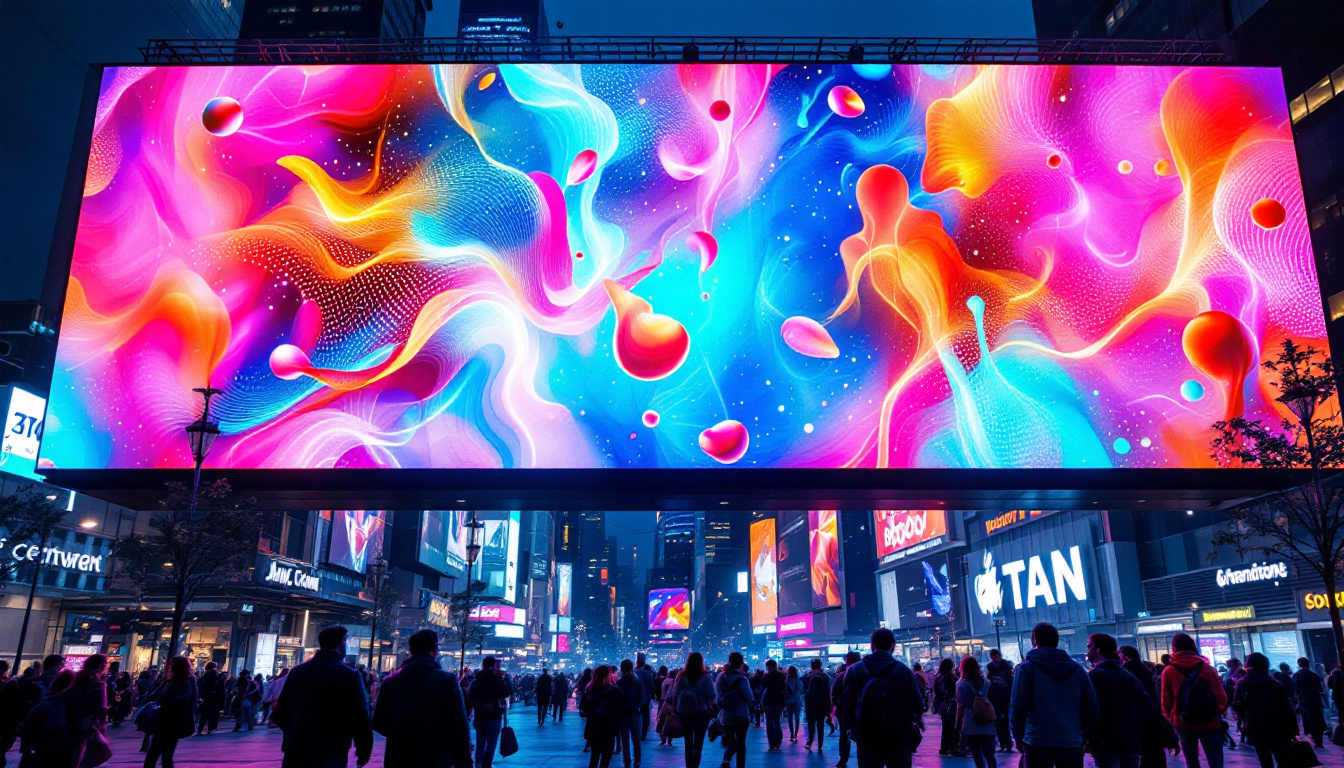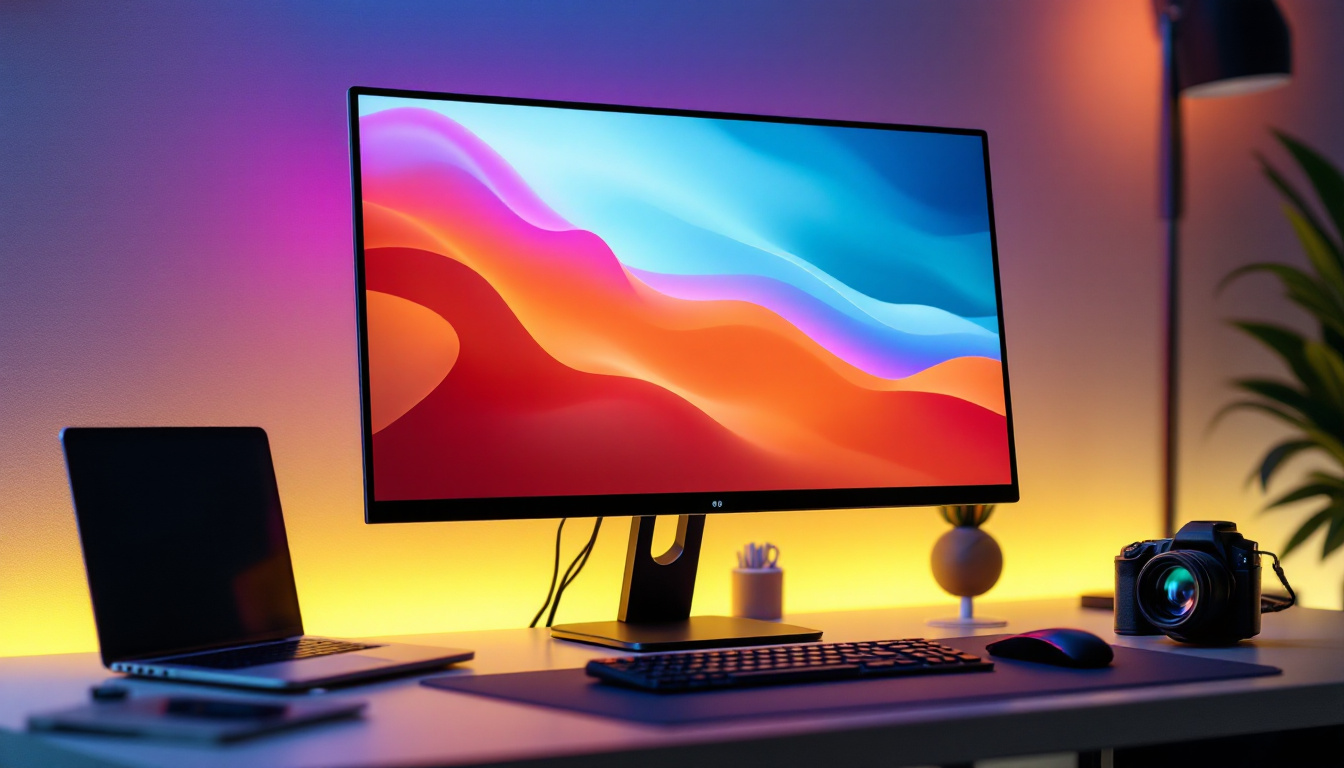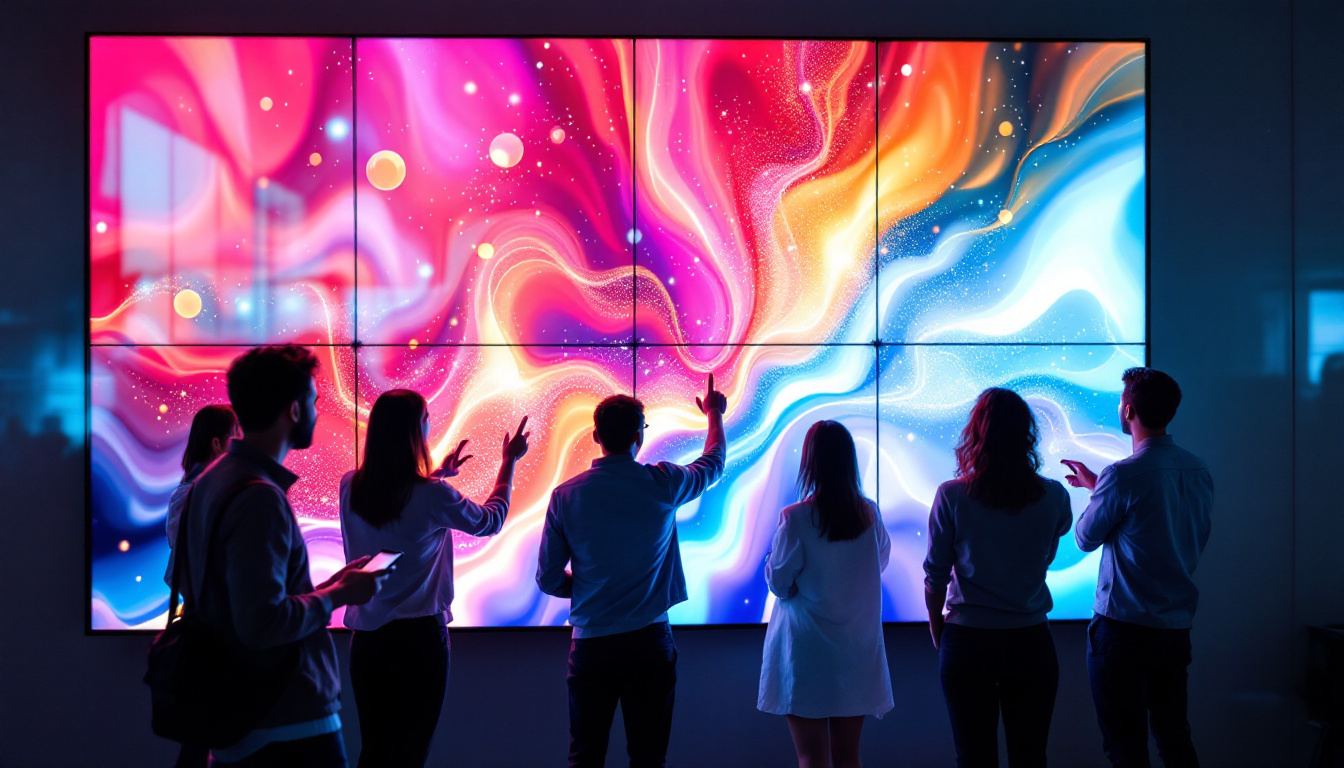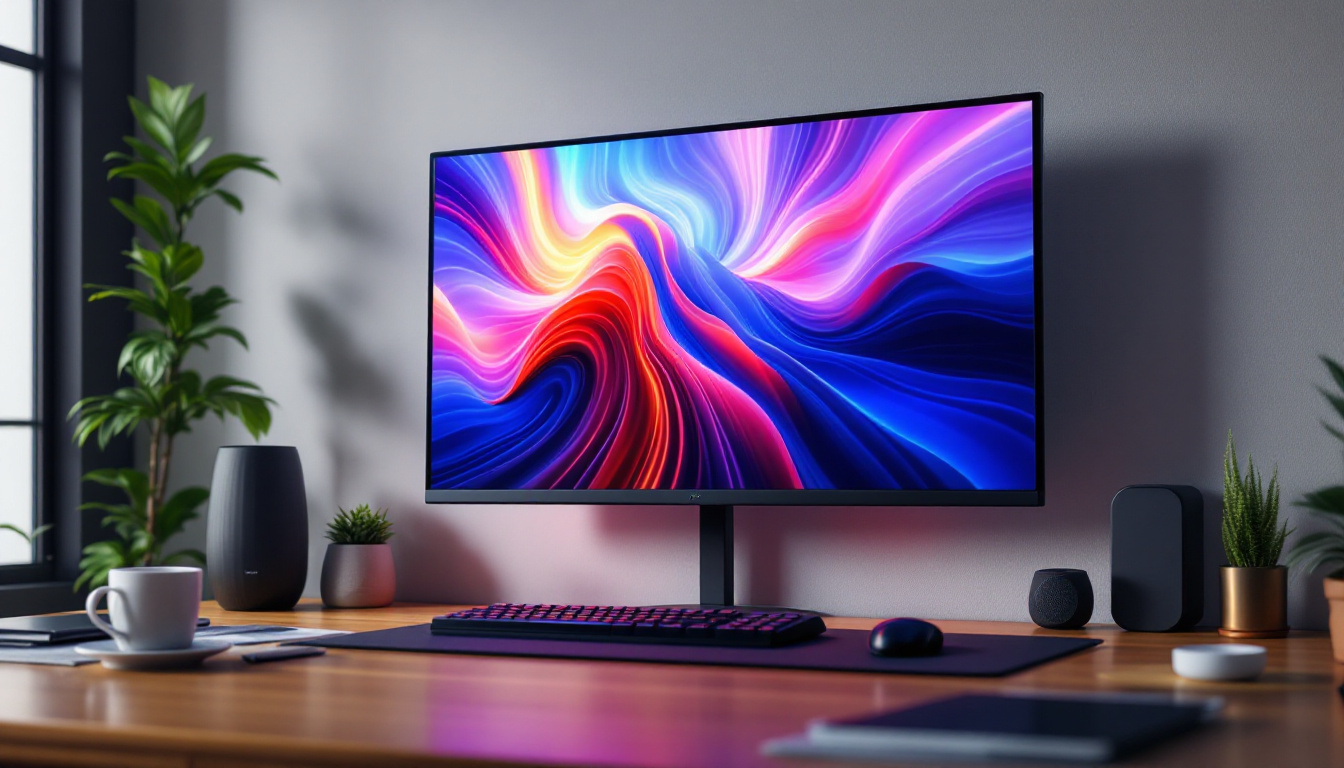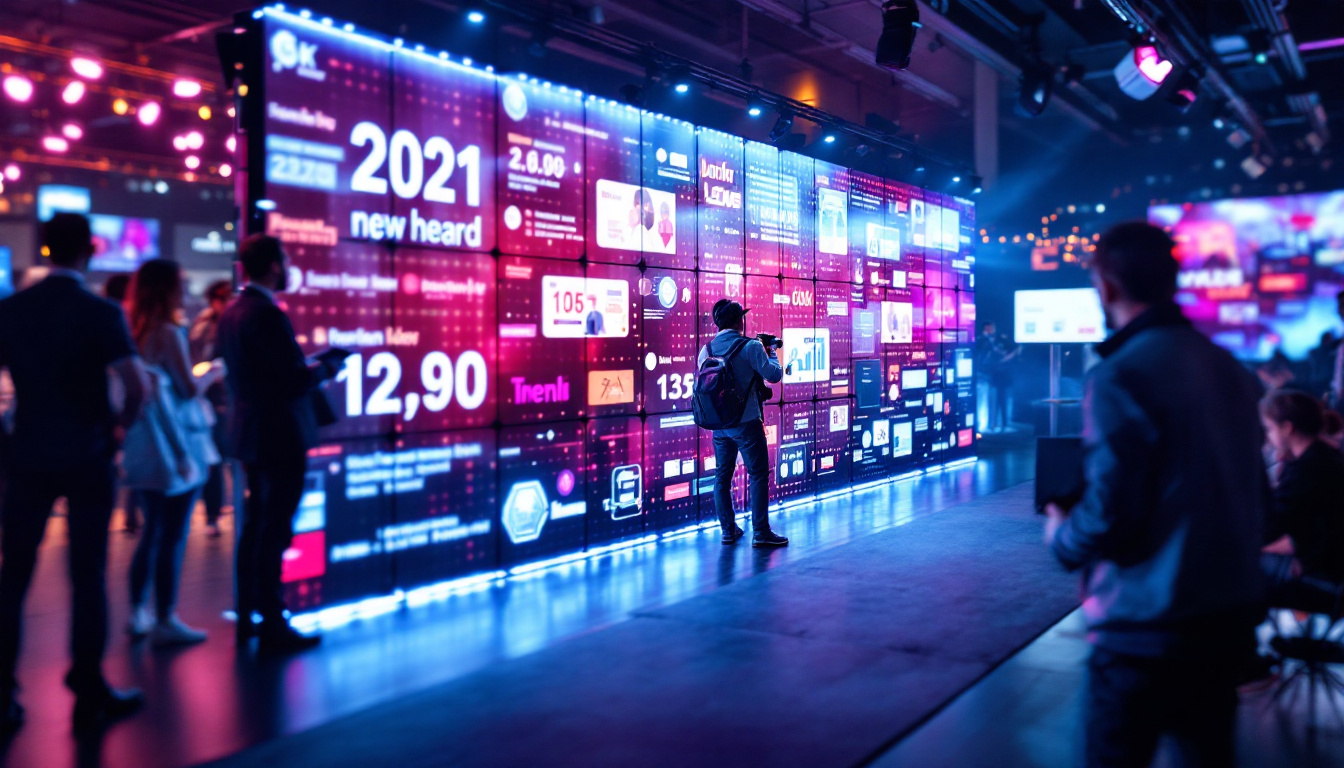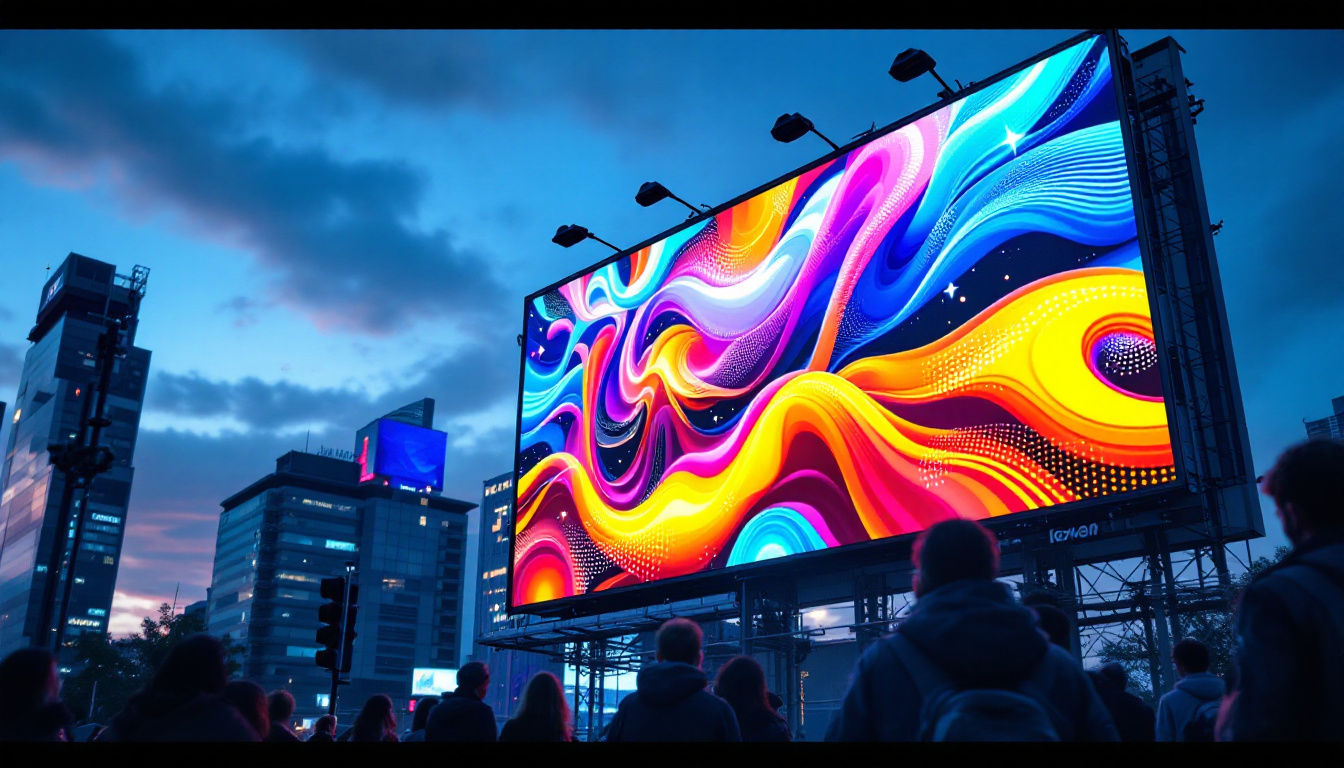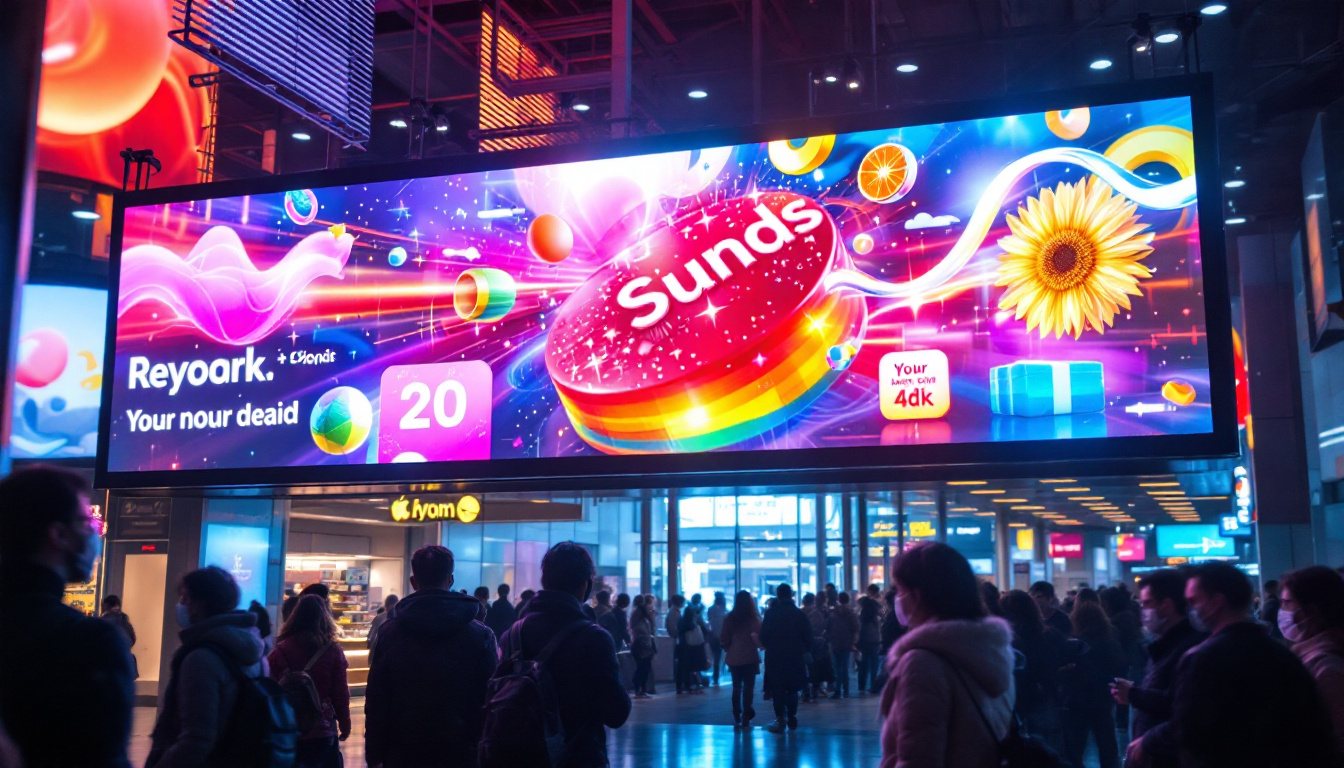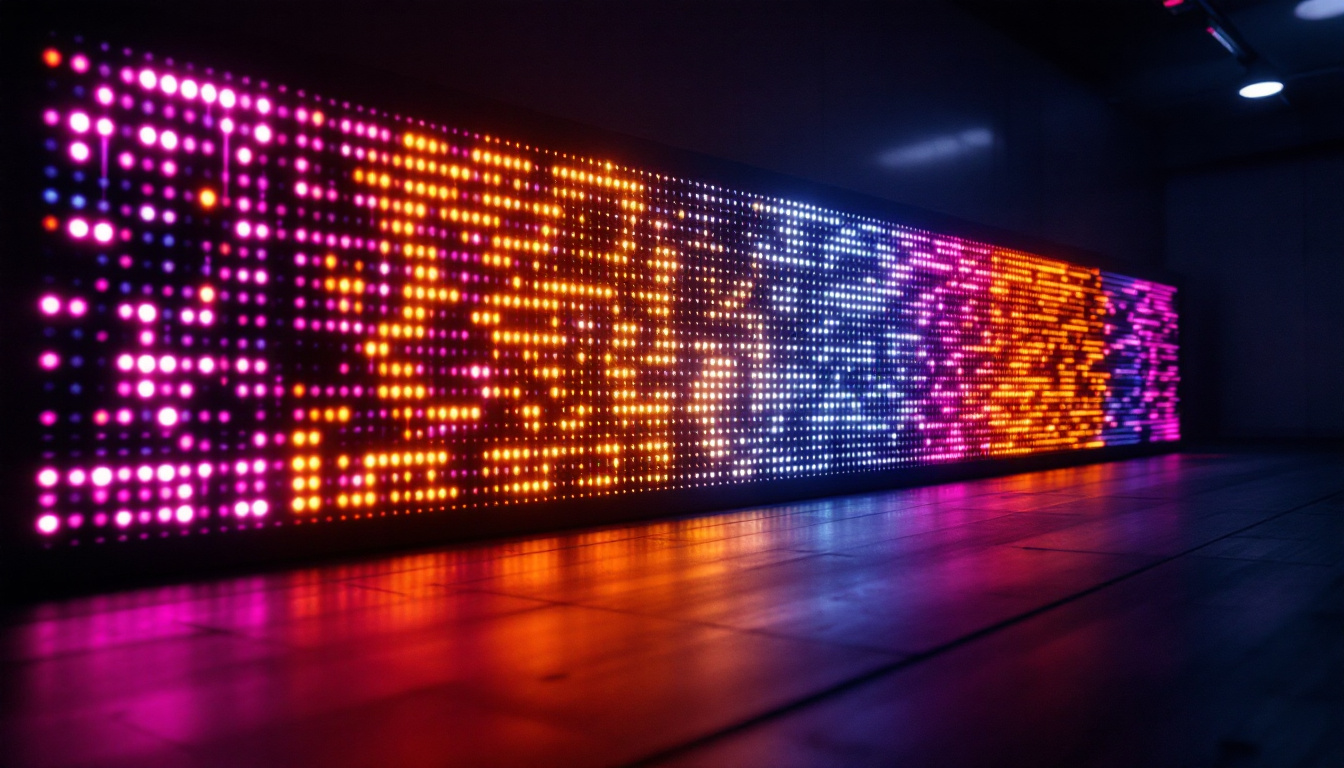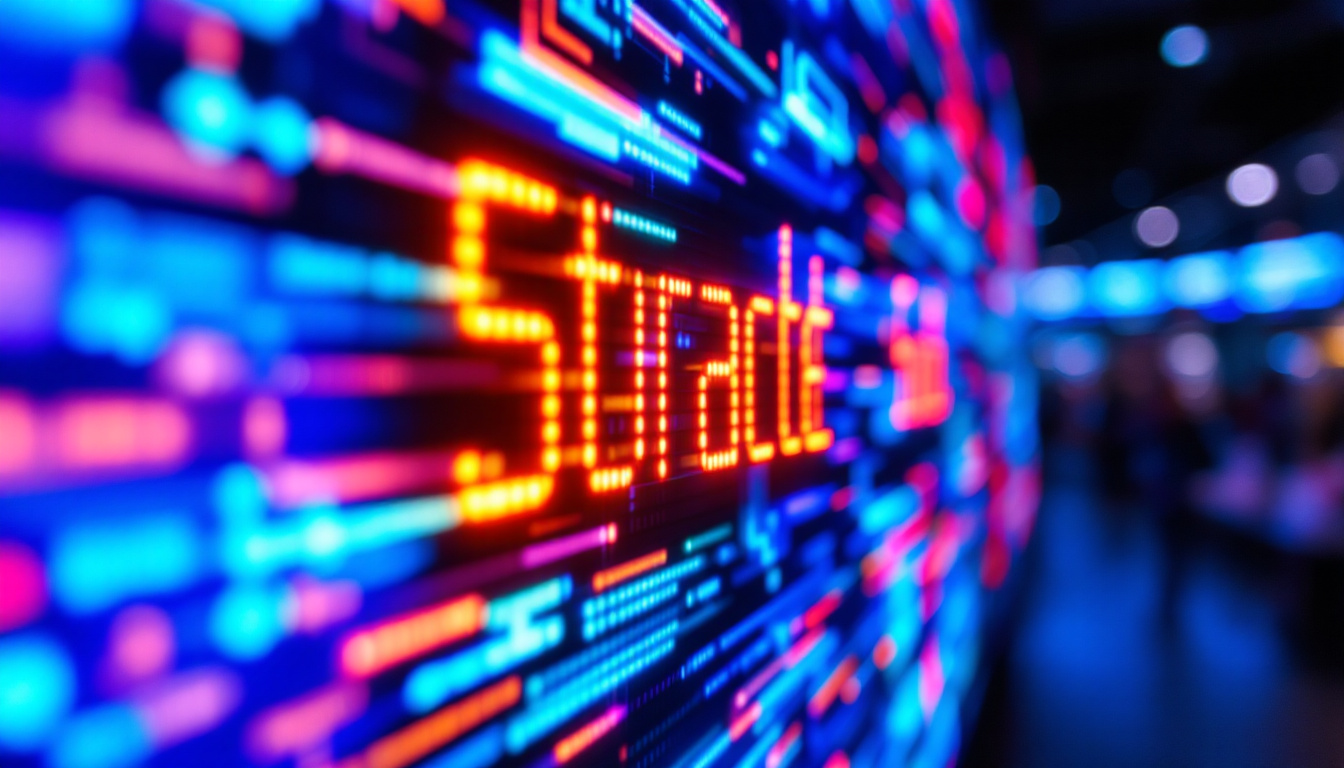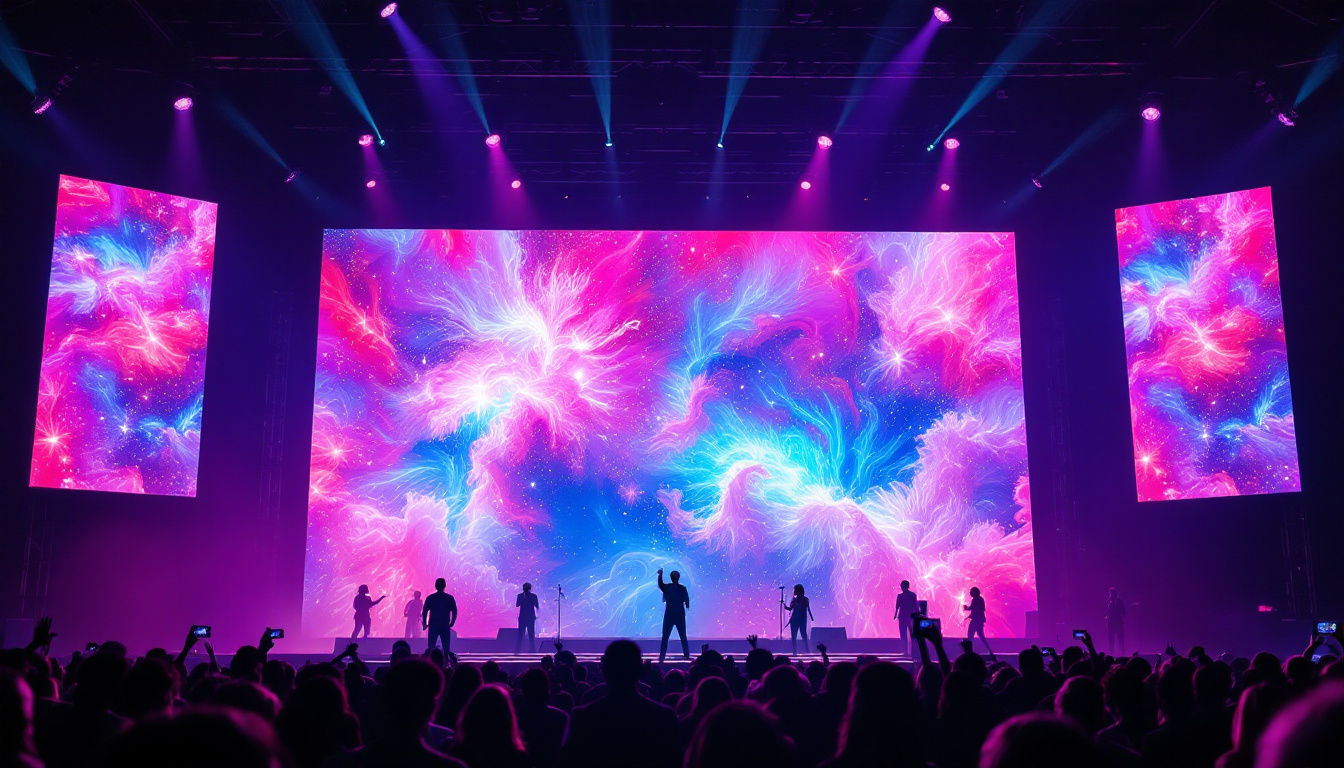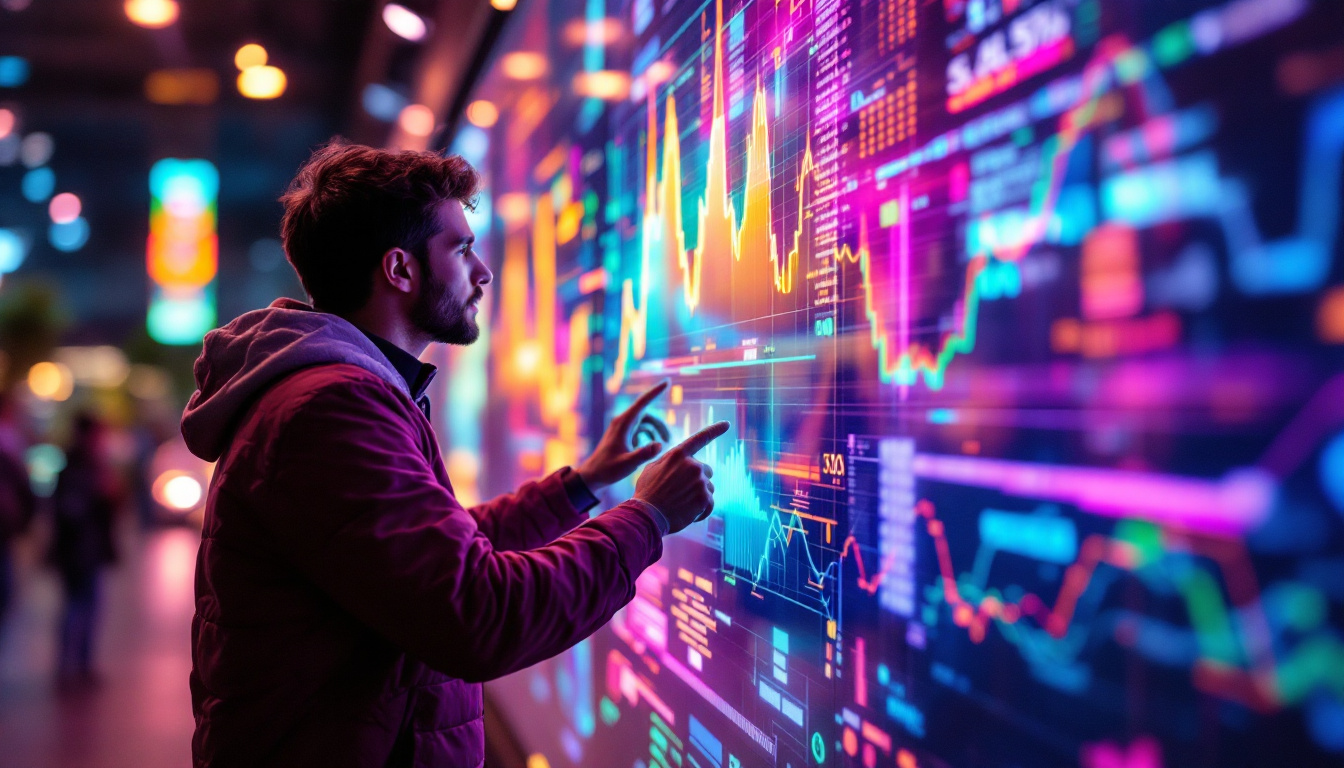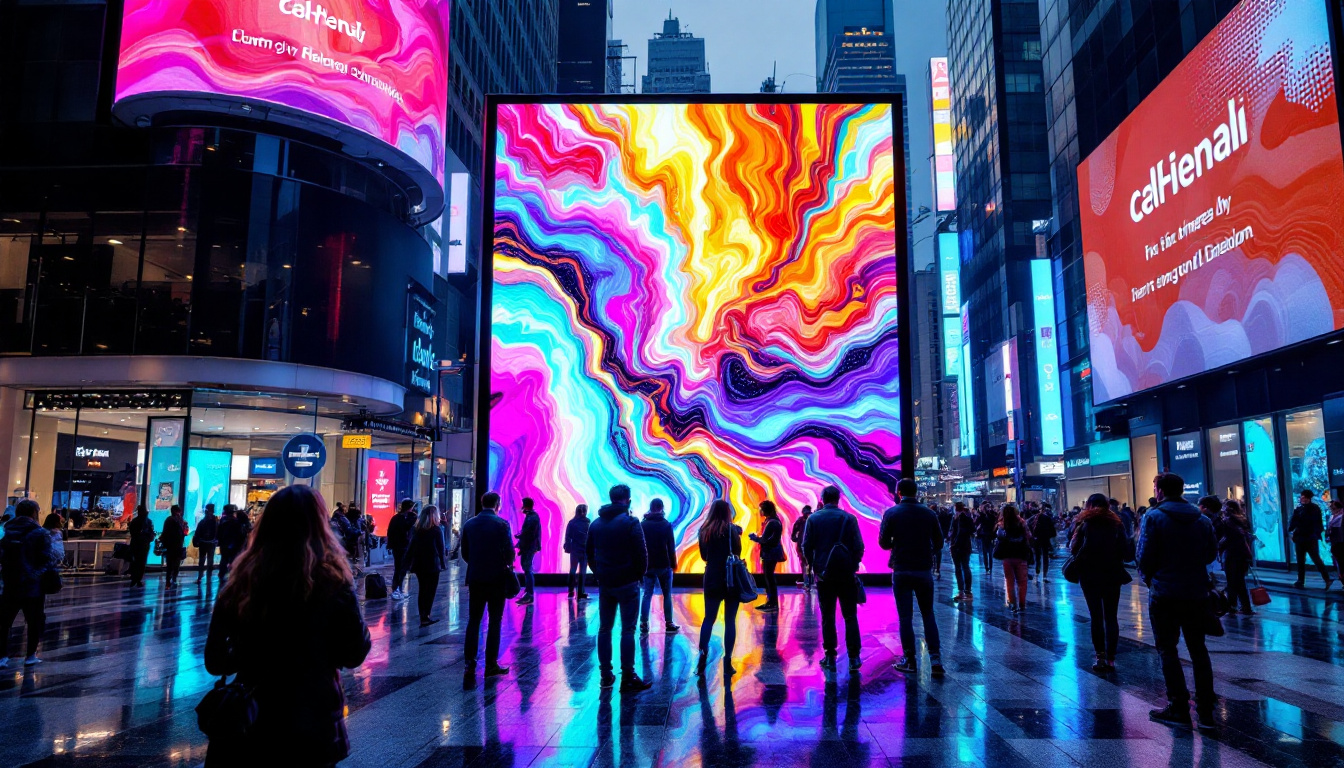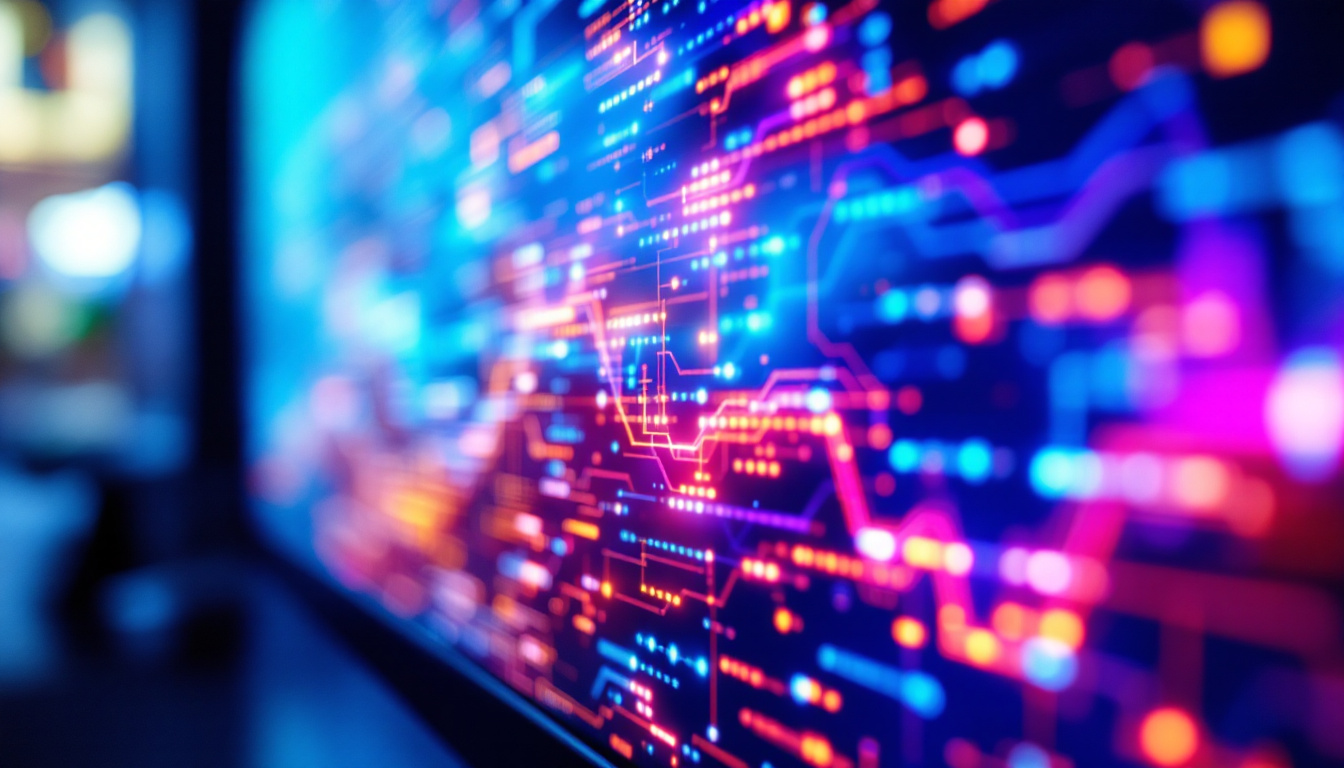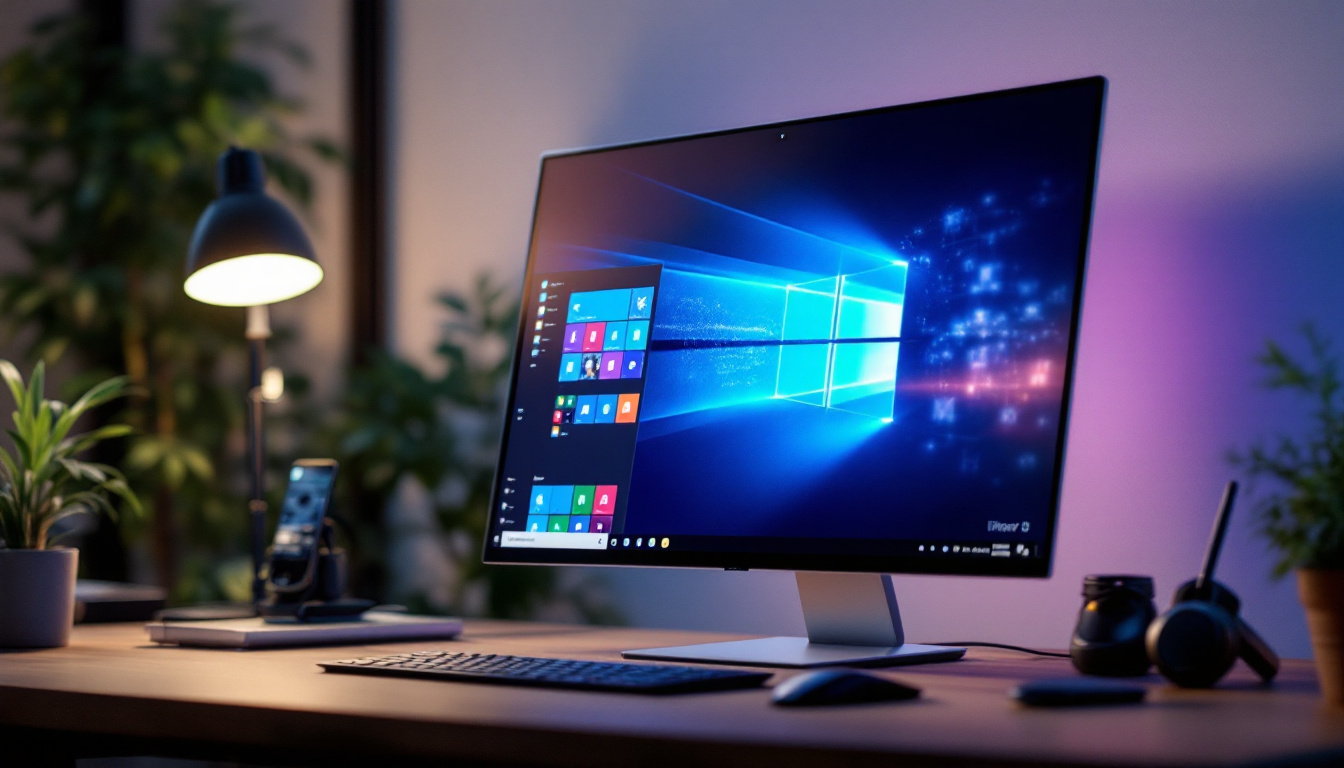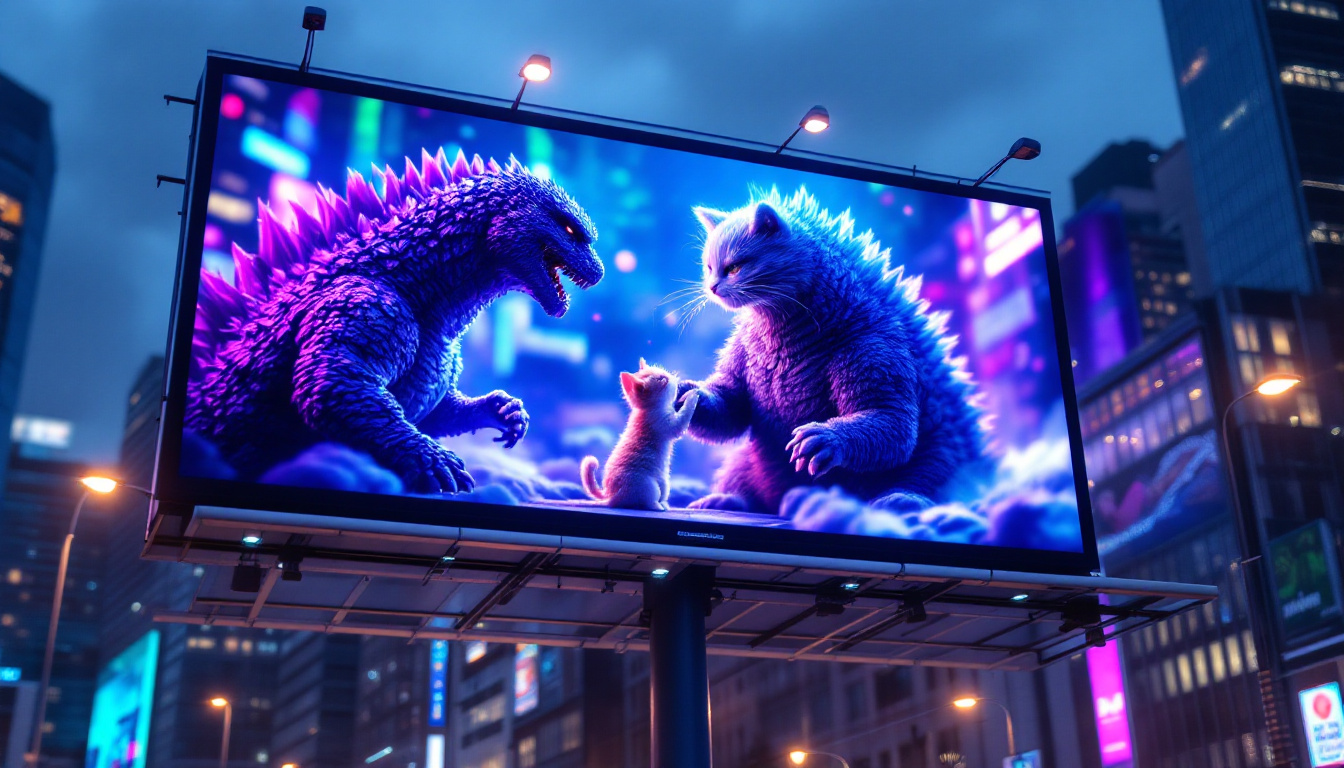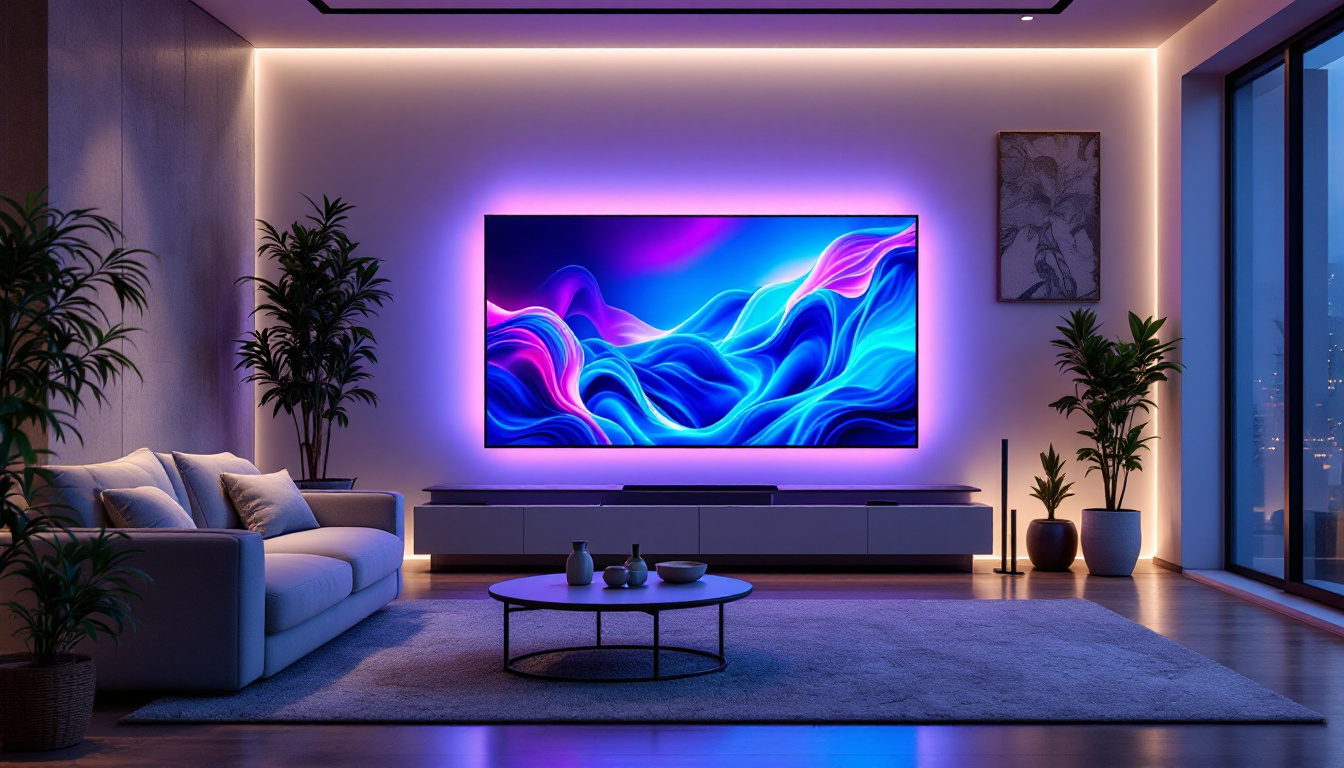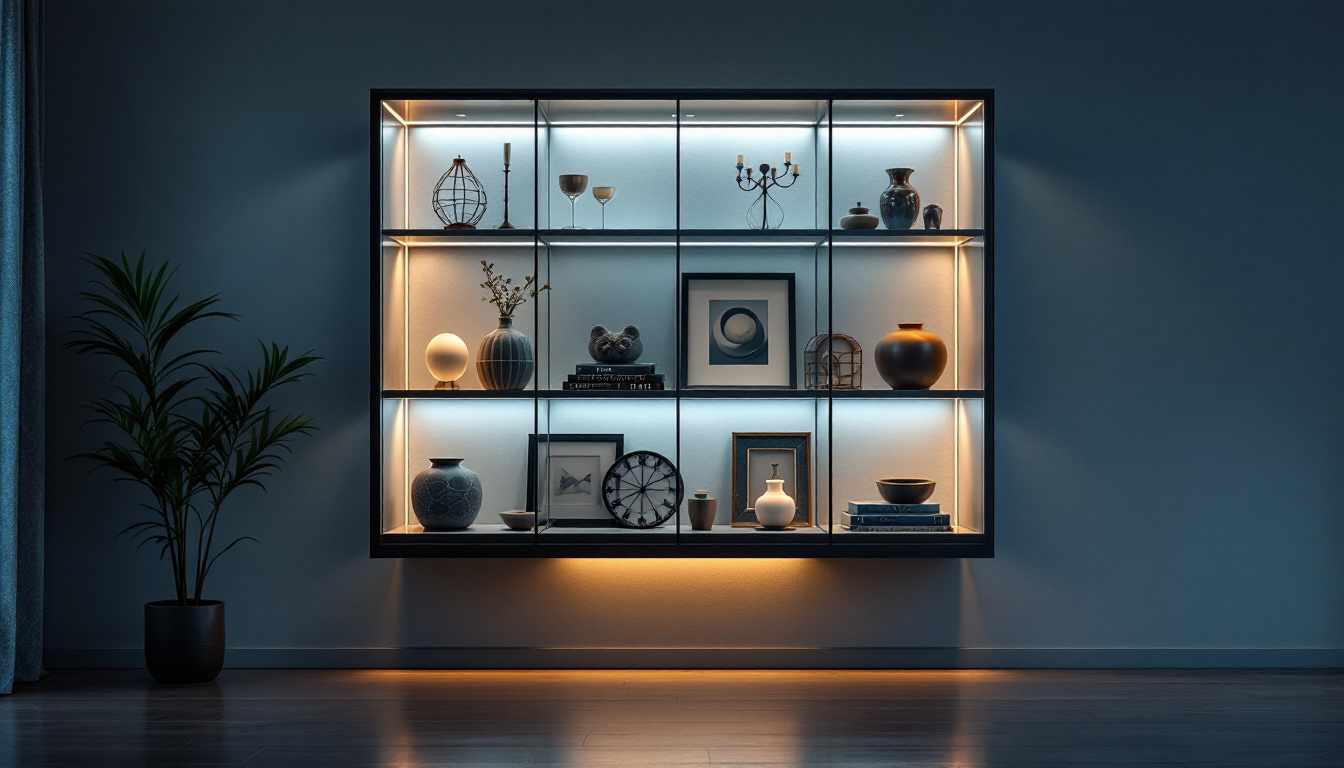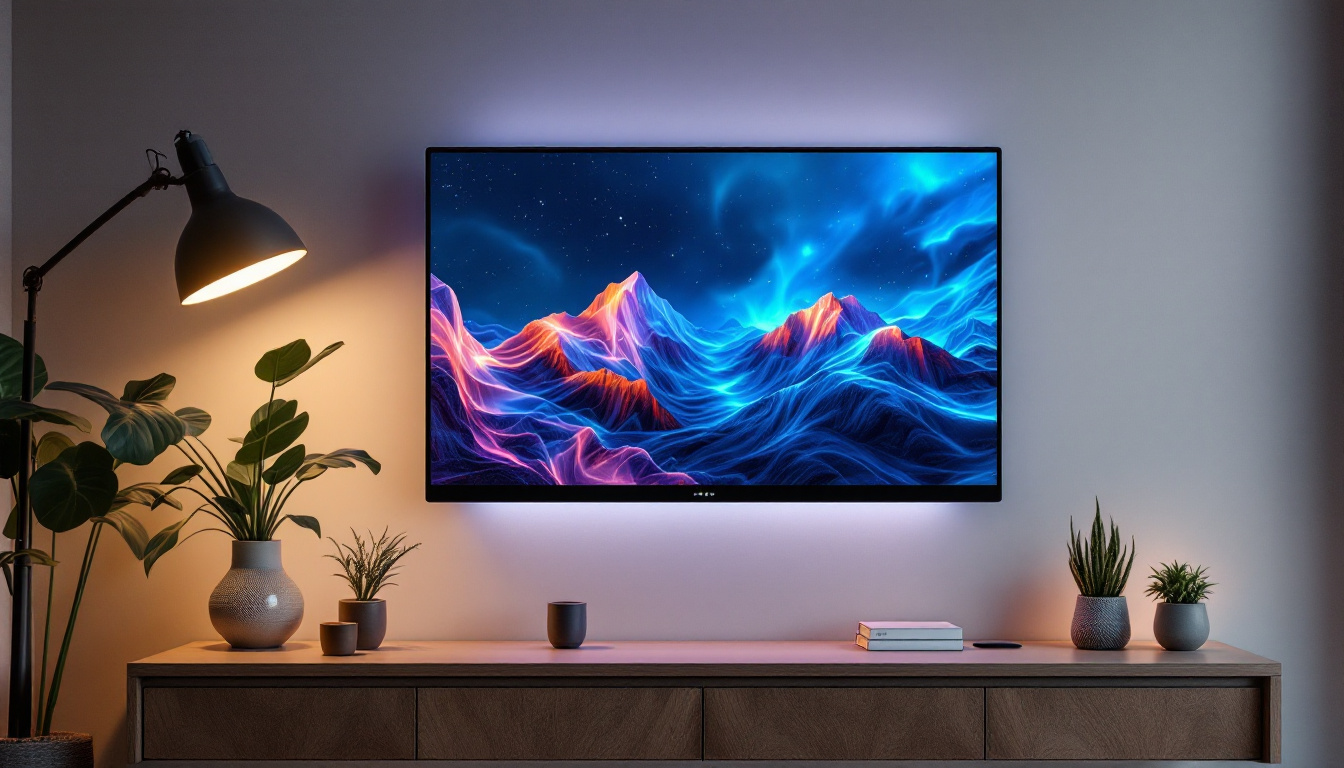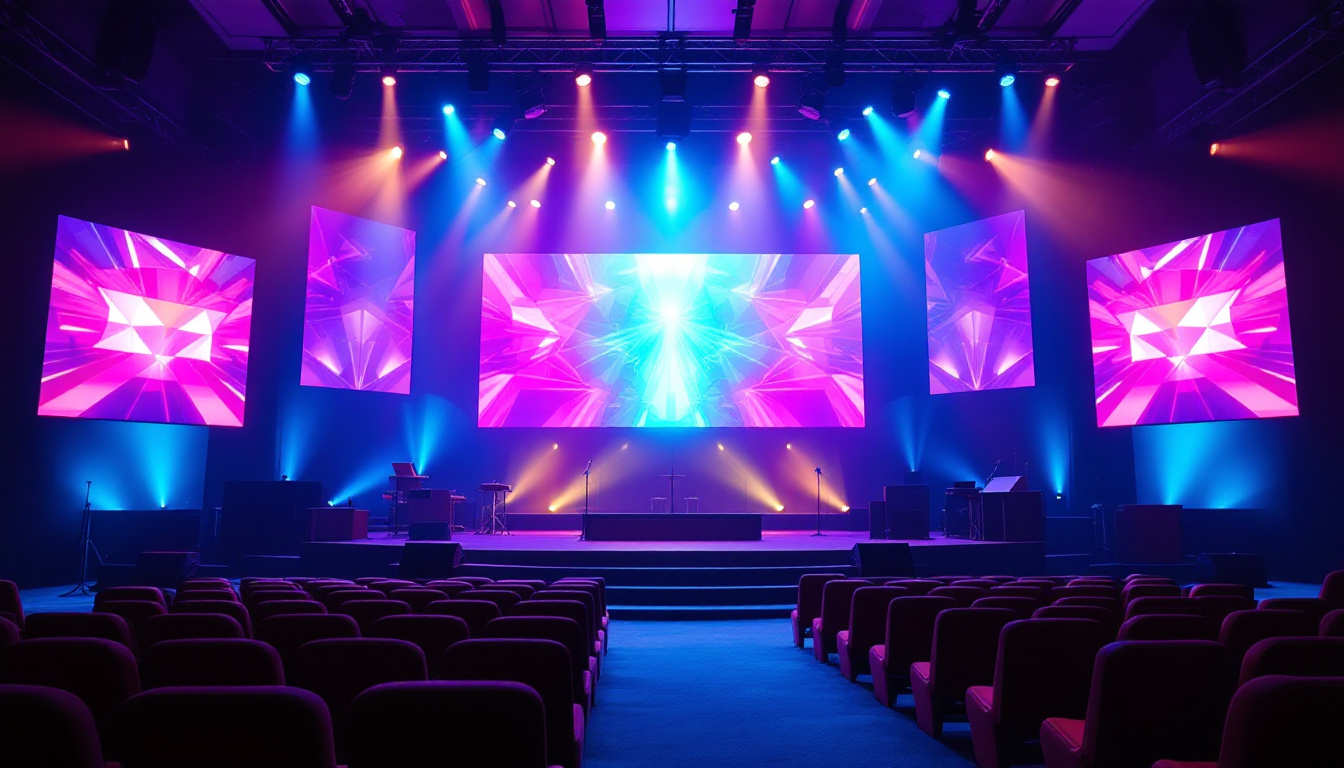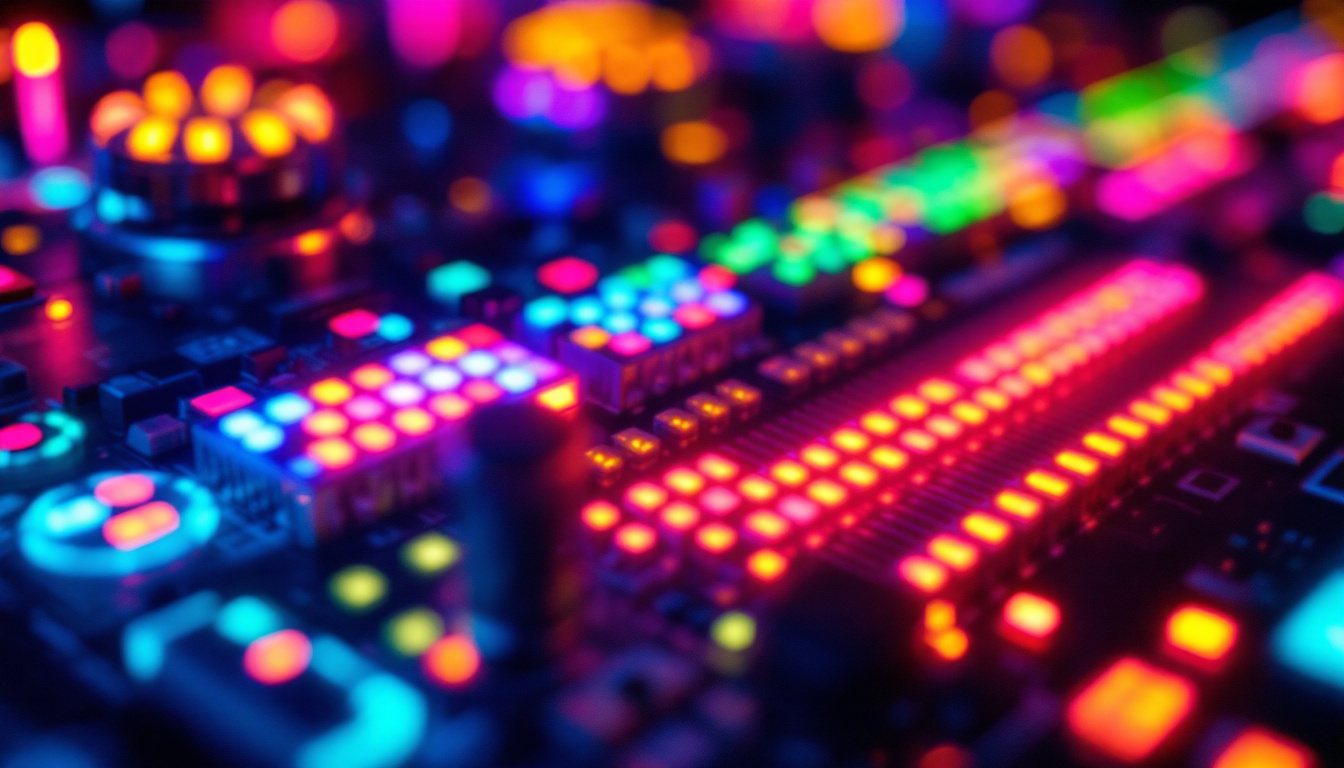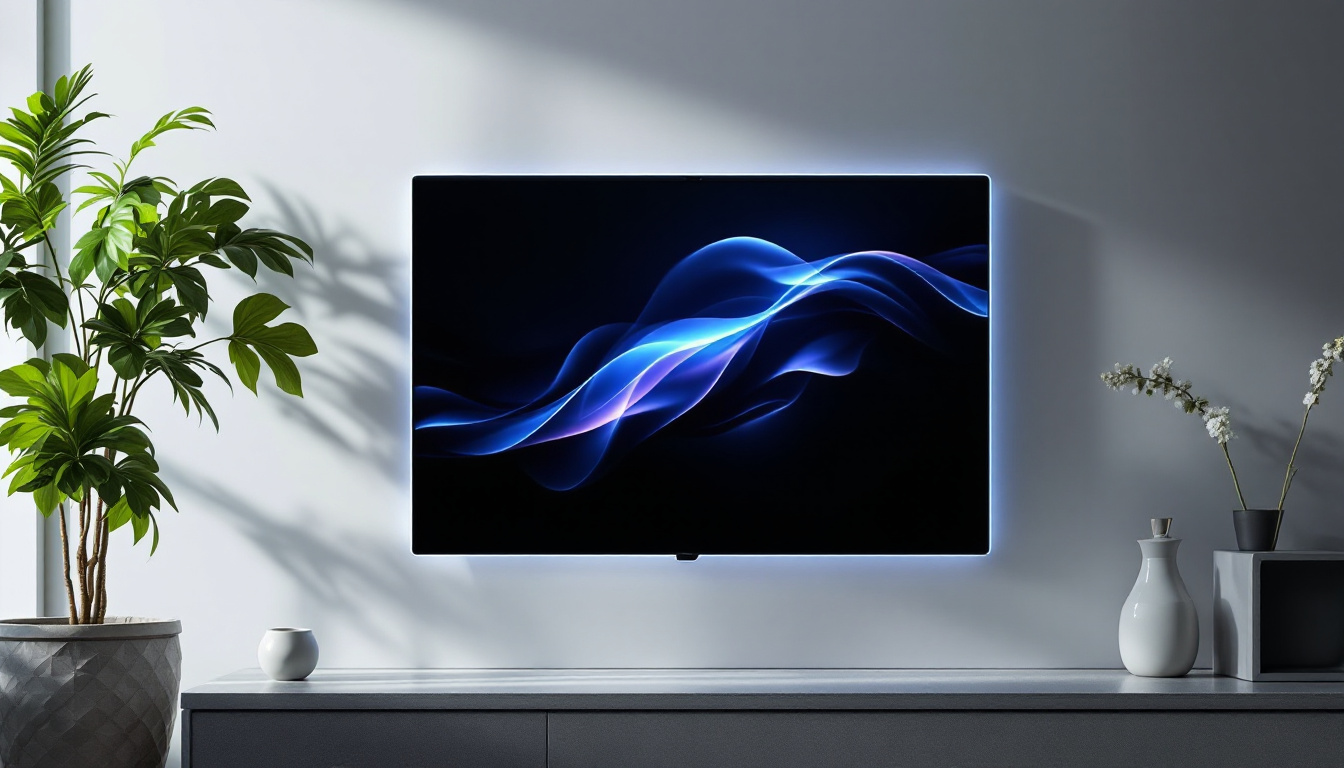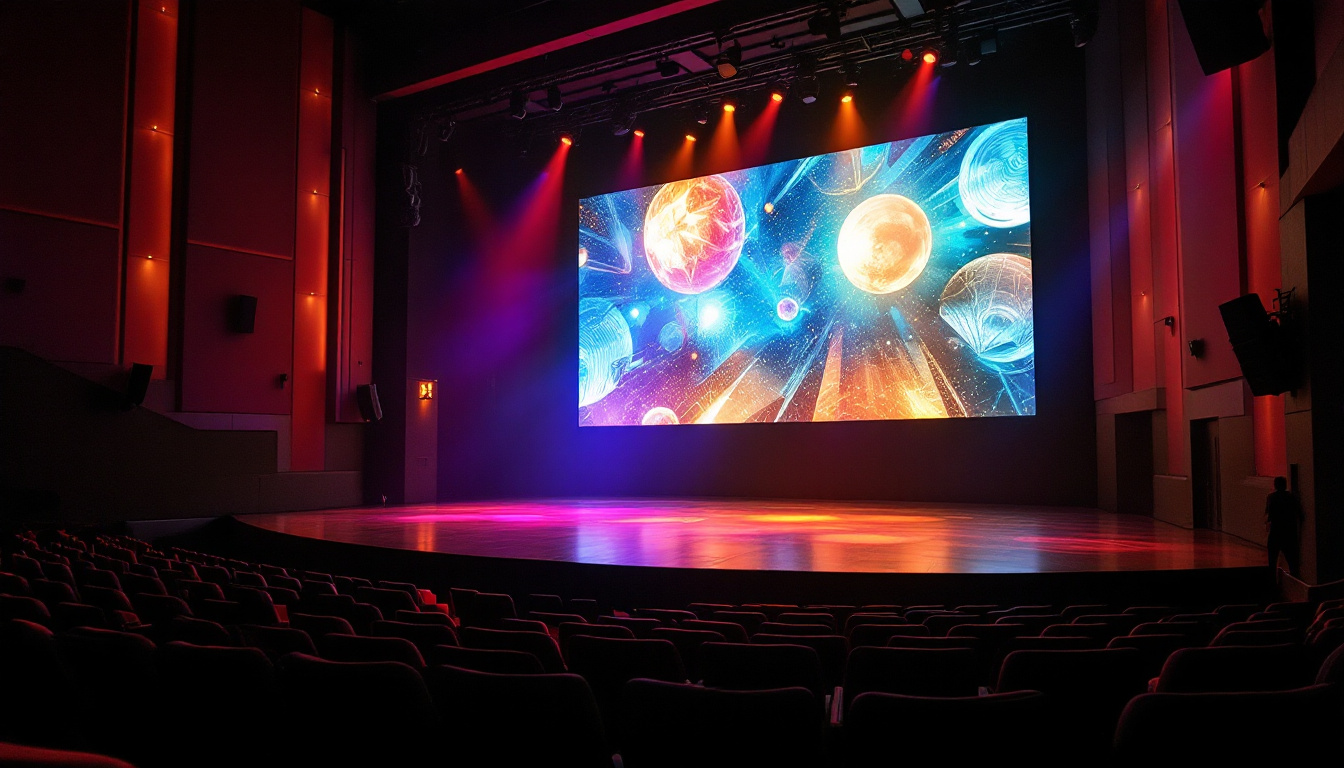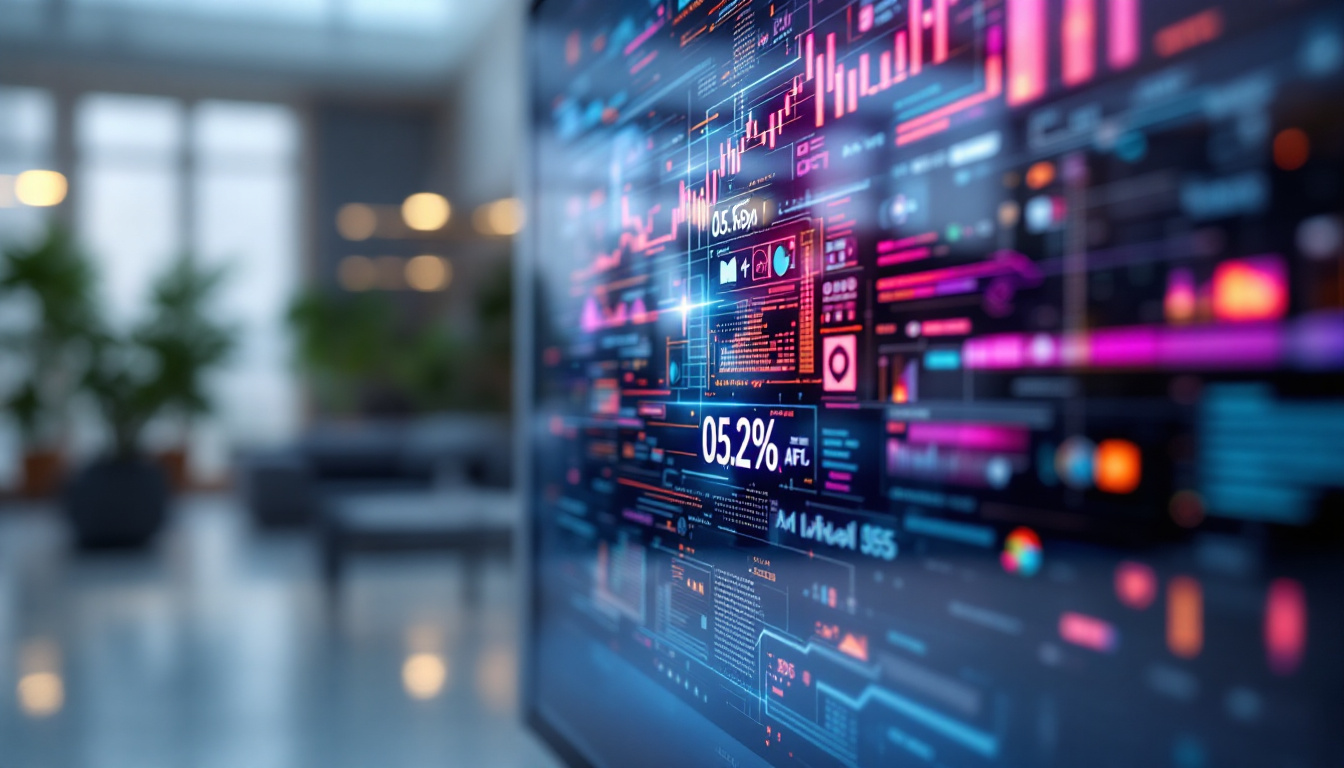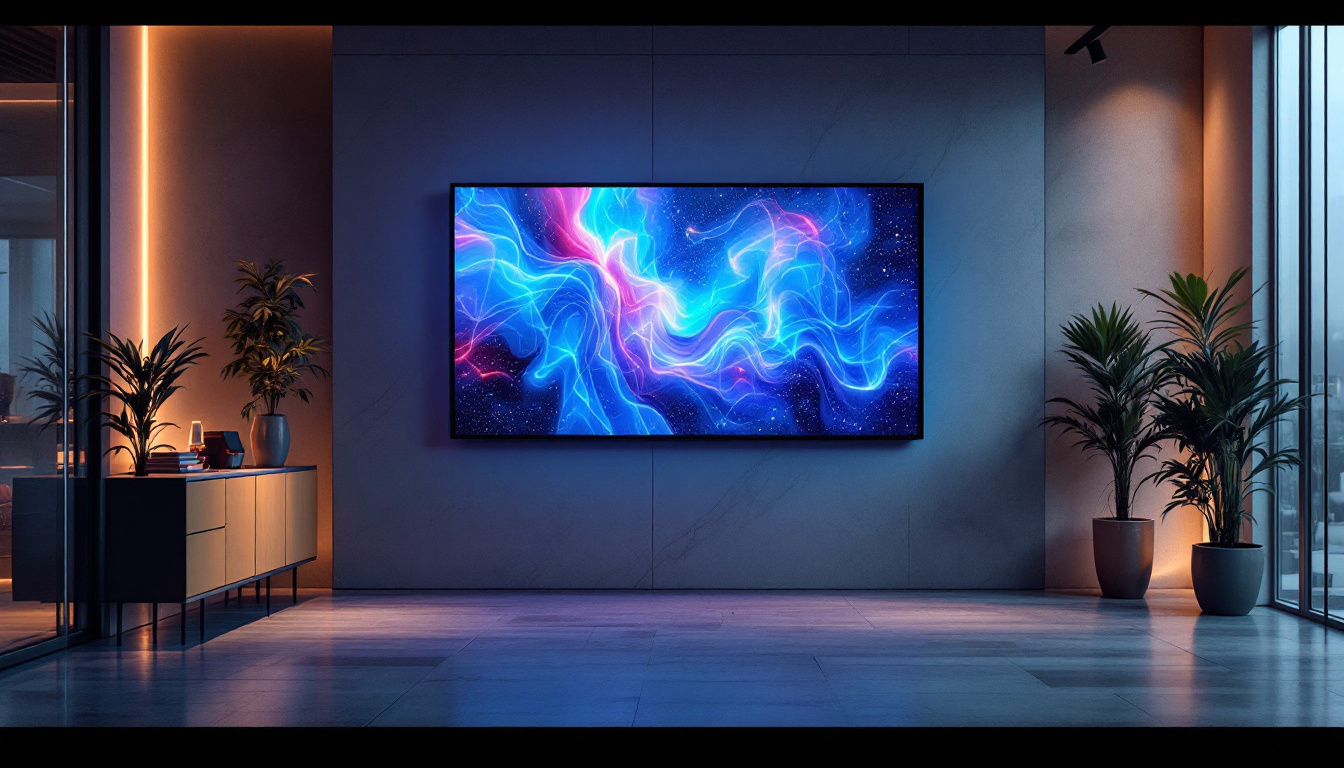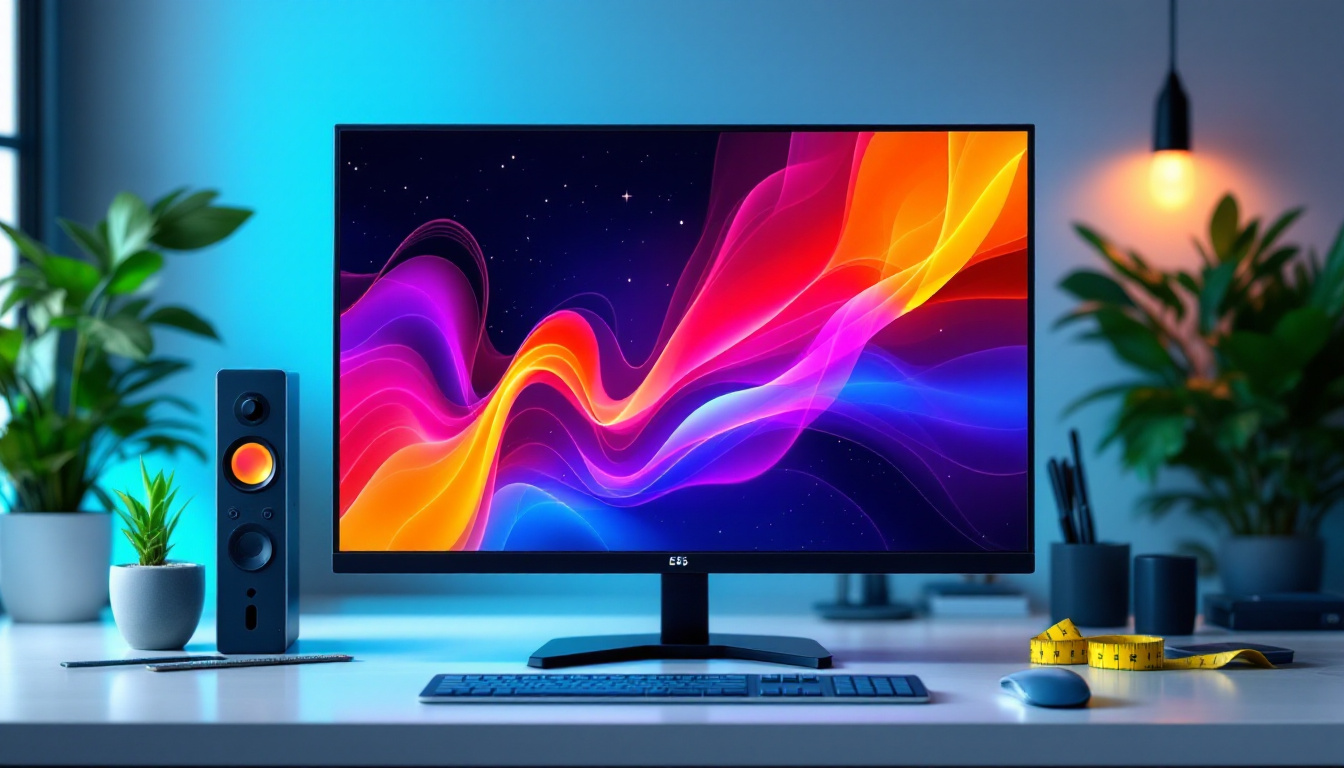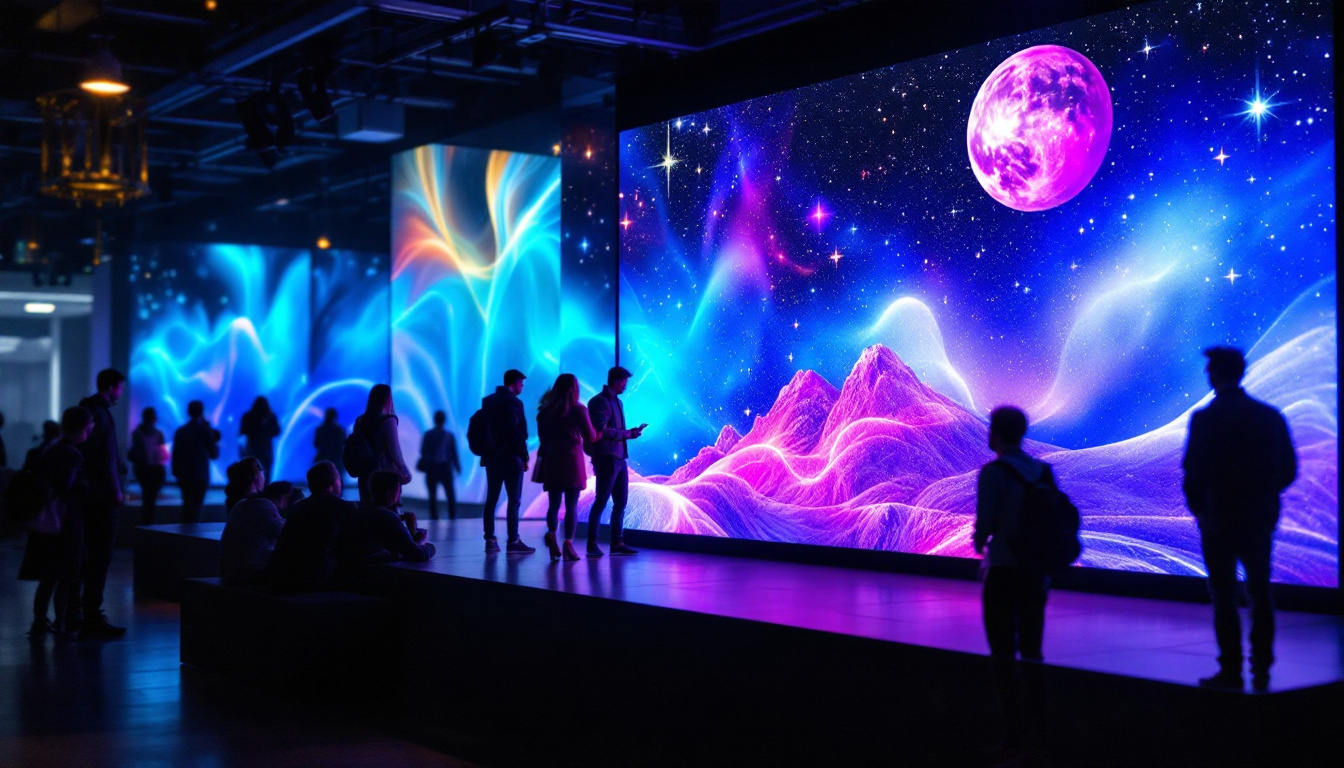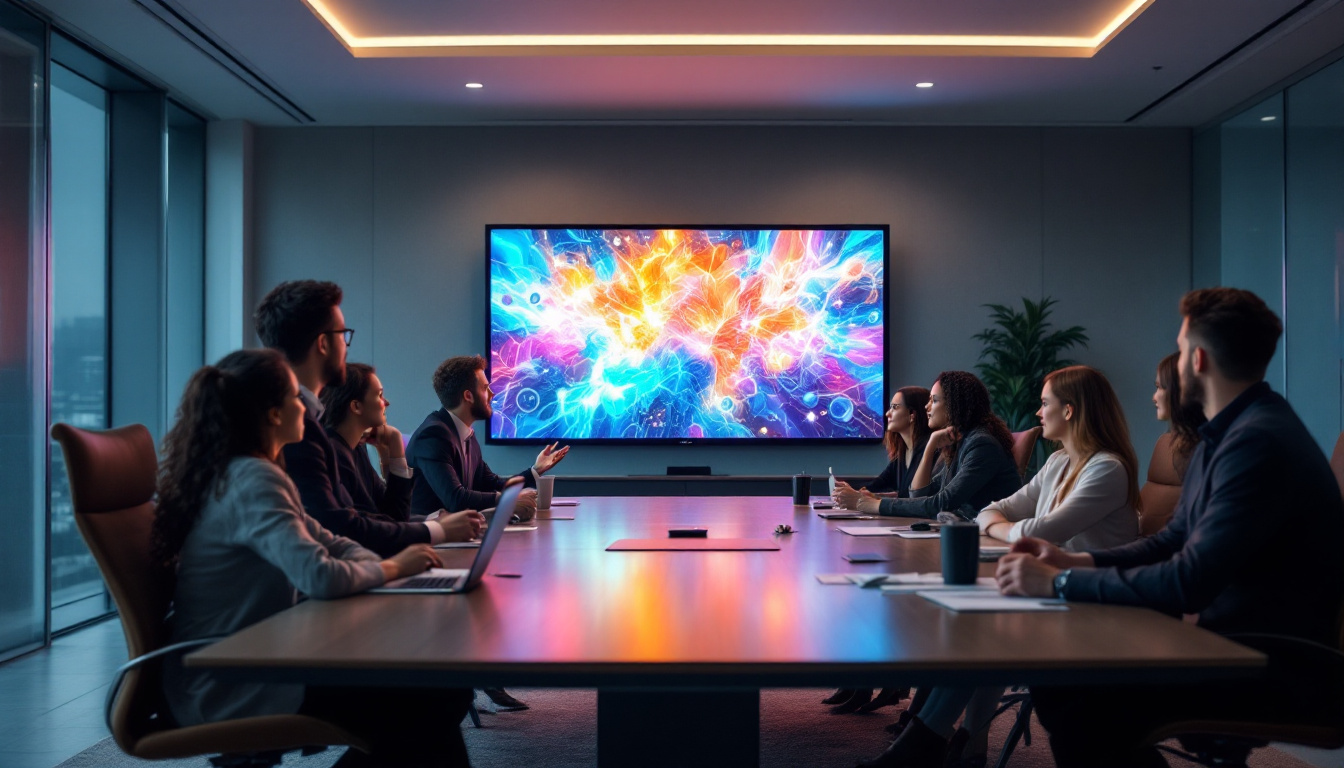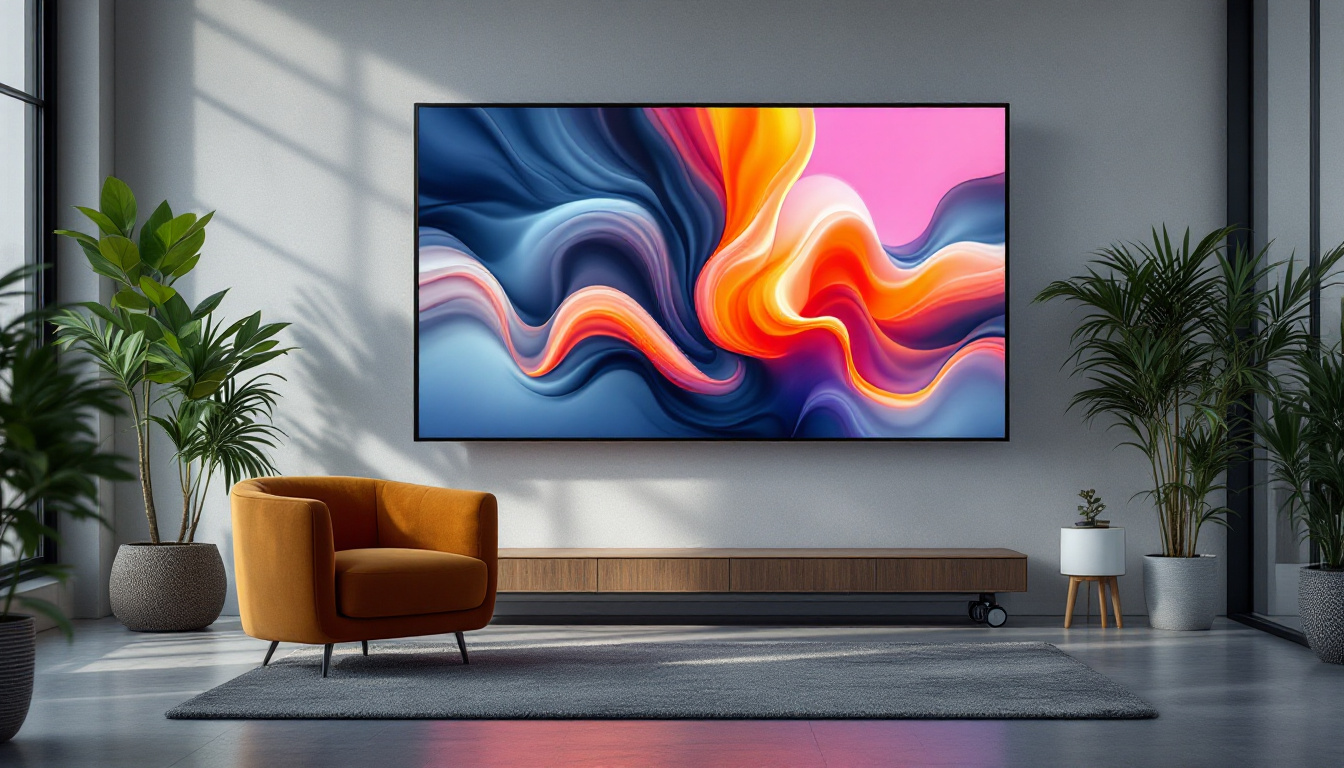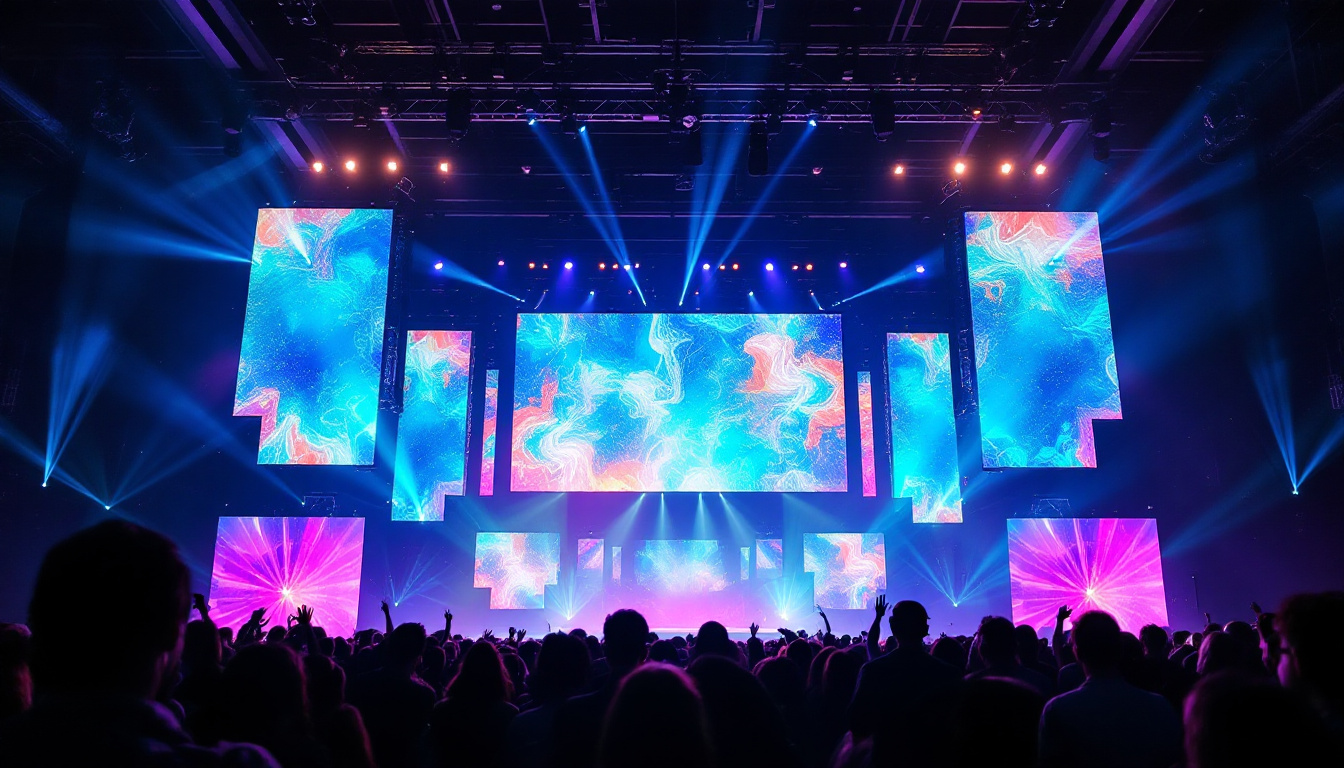In the modern world, information screens have become a ubiquitous part of our daily lives. From large outdoor billboards to small digital displays in retail stores, LED technology has revolutionized the way information is presented. This article delves into the intricacies of LED displays, exploring their functionality, advantages, and applications.
Understanding LED Technology
Light Emitting Diodes (LEDs) are semiconductor devices that emit light when an electric current passes through them. This technology has transformed how screens are designed and used, offering numerous benefits over traditional display methods. LEDs are not only energy-efficient but also have a longer lifespan compared to incandescent and fluorescent lights, making them a preferred choice for both consumers and manufacturers. Their compact size and versatility allow for innovative designs in various applications, from residential lighting to large-scale outdoor displays.
How LEDs Work
LEDs operate on a simple principle: when electrons move through a semiconductor material, they release energy in the form of photons, which we perceive as light. The color of the light emitted depends on the materials used in the semiconductor. This fundamental mechanism allows LEDs to be highly efficient, producing bright light with minimal energy consumption. The efficiency of LEDs is often measured in lumens per watt, and they can produce more light per unit of energy than traditional bulbs, which contributes to lower electricity bills and reduced environmental impact.
In an LED display, thousands of these tiny diodes are arranged in a grid to form images and text. The combination of red, green, and blue LEDs can create a full spectrum of colors, enabling vibrant and dynamic visuals. This capability is essential for applications ranging from advertising to information dissemination. Furthermore, the rapid response time of LEDs allows for smooth video playback and high refresh rates, making them ideal for dynamic content such as sports broadcasts and live events. This responsiveness also reduces motion blur, enhancing the viewing experience for audiences.
Types of LED Displays
There are several types of LED displays, each designed for specific applications. The most common types include:
- Direct View LED Displays: These are made up of individual LED modules that can be assembled into larger screens. They are commonly used for outdoor advertising and large events, where visibility from a distance is crucial. The brightness of direct view displays can be adjusted to suit various lighting conditions, ensuring that the content remains clear and engaging.
- LED Backlit Displays: These displays use LEDs as a backlight for LCD screens, enhancing brightness and color accuracy. They are prevalent in televisions and computer monitors, providing a thinner profile compared to traditional backlighting methods. The use of LED backlighting also allows for features like local dimming, which improves contrast ratios by selectively dimming areas of the screen.
- Organic LED (OLED) Displays: A newer technology where organic compounds emit light, allowing for thinner screens and better contrast. OLEDs are widely used in smartphones and high-end televisions, offering deeper blacks and a wider viewing angle. The flexibility of OLED technology also enables curved and even foldable screens, pushing the boundaries of display design.
Advantages of LED Displays
LED displays offer numerous advantages over traditional display technologies, making them a popular choice for various applications. Some of the most significant benefits include:
Energy Efficiency
One of the standout features of LED technology is its energy efficiency. Compared to incandescent or fluorescent lights, LEDs consume significantly less power while delivering brighter output. This efficiency translates into lower energy costs, making LED displays an environmentally friendly option. Moreover, the reduced energy consumption contributes to a smaller carbon footprint, aligning with global efforts to promote sustainability and reduce greenhouse gas emissions. As businesses and organizations increasingly prioritize eco-friendly practices, the adoption of LED technology becomes not just a financial decision but also a commitment to environmental responsibility.
Longevity and Durability
LED displays are known for their long lifespan, often lasting over 50,000 hours of continuous use. This durability reduces the need for frequent replacements, which can be both costly and inconvenient. Additionally, LED technology is more resistant to shock and vibration, making it suitable for various environments, including outdoor settings. This resilience means that LED displays can withstand harsh weather conditions, such as heavy rain, extreme temperatures, and strong winds, ensuring consistent performance over time. Furthermore, the low maintenance requirements associated with LED displays allow businesses to allocate resources more efficiently, focusing on core operations rather than frequent repairs or replacements.
High Brightness and Visibility
LED displays can achieve high brightness levels, making them easily visible even in direct sunlight. This characteristic is particularly important for outdoor advertising and information screens in public spaces. The ability to adjust brightness levels also allows for optimal visibility in different lighting conditions. Additionally, LED technology provides a wide color gamut, enabling vibrant and dynamic visuals that can capture the attention of passersby. This capability is especially beneficial for events, concerts, and promotional displays where engaging visuals are crucial for attracting an audience. The sharp contrast and clarity offered by LED displays enhance the overall viewing experience, making them ideal for both commercial and artistic applications.
Applications of LED Displays
The versatility of LED displays has led to their adoption across numerous sectors. Here are some prominent applications:
Advertising and Marketing
LED displays have become a staple in advertising due to their eye-catching visuals and dynamic content capabilities. Businesses use them to showcase promotions, events, and brand messages in real-time. The ability to change content quickly allows for targeted marketing strategies, reaching specific audiences at the right time. Moreover, the vibrant colors and high brightness of LED displays ensure that advertisements stand out, even in direct sunlight, making them a preferred choice for outdoor advertising. As technology advances, interactive LED displays are also emerging, enabling consumers to engage directly with the content, thus enhancing customer experiences and driving sales.
Transportation and Wayfinding
In transportation hubs such as airports and train stations, LED displays provide essential information to travelers. They are used for flight schedules, train arrivals, and wayfinding directions, ensuring that passengers receive up-to-date information in a clear and concise manner. The high visibility of LED displays enhances communication in busy environments. Additionally, these displays can be programmed to show multiple languages, catering to international travelers and improving accessibility. Real-time updates on delays or changes in schedules can also be communicated effectively, reducing confusion and enhancing the overall travel experience.
Entertainment and Events
From concerts to sports events, LED displays play a crucial role in enhancing the audience experience. Large screens are used for live video feeds, advertisements, and event information, creating an immersive atmosphere. The flexibility of LED technology allows for creative visual displays that captivate audiences. Furthermore, the integration of LED displays with sound systems can create synchronized audio-visual experiences that amplify the emotional impact of performances. In addition to traditional events, LED displays are increasingly being used in virtual and augmented reality experiences, allowing for innovative storytelling and audience engagement that pushes the boundaries of entertainment.
Challenges and Considerations
While LED displays offer numerous benefits, there are also challenges and considerations that must be addressed. Understanding these factors is essential for effective implementation.
Initial Costs
The initial investment for LED display technology can be higher than traditional display methods. However, this cost is often offset by the long-term savings in energy and maintenance. Businesses must weigh the upfront costs against the potential return on investment over time.
Heat Management
LEDs generate heat during operation, which can affect performance and longevity if not managed properly. Effective heat dissipation systems are crucial for maintaining optimal operating conditions, particularly in larger displays. Manufacturers often incorporate cooling solutions to mitigate this issue.
Content Management
To maximize the effectiveness of LED displays, content must be carefully managed and designed. Poorly designed graphics or unclear messaging can detract from the display’s impact. Investing in quality content creation and management systems is essential for ensuring that the display serves its intended purpose.
The Future of LED Displays
The future of LED display technology looks promising, with continuous advancements paving the way for innovative applications. Several trends are emerging that could shape the landscape of LED displays in the coming years.
Smart Displays
As technology evolves, the integration of smart features into LED displays is becoming more common. Smart displays can connect to the internet, allowing for real-time content updates and interactivity. This capability enhances user engagement and provides businesses with valuable data analytics.
Flexible and Transparent Displays
Emerging technologies are enabling the development of flexible and transparent LED displays. These innovations open up new possibilities for creative applications, such as curved screens and displays integrated into windows or walls. Such versatility could revolutionize advertising and interior design.
Environmental Sustainability
With growing concerns about environmental impact, manufacturers are focusing on creating more sustainable LED displays. Efforts include using recyclable materials, reducing energy consumption, and improving the overall lifecycle of products. As sustainability becomes a priority, the LED industry is likely to adapt accordingly.
Conclusion
LED displays have transformed the way information is communicated, offering numerous advantages over traditional display technologies. Their energy efficiency, durability, and versatility make them suitable for a wide range of applications, from advertising to transportation. While challenges exist, the future of LED technology is bright, with innovations paving the way for smarter, more sustainable displays.
As businesses and organizations continue to explore the potential of LED displays, understanding their functionality and applications will be crucial for maximizing their impact. Embracing this technology can lead to more effective communication, enhanced user experiences, and ultimately, greater success in a competitive landscape.
Discover LumenMatrix LED Display Solutions
Ready to elevate your visual communication? LumenMatrix is at the forefront of LED display innovation, offering a wide array of solutions tailored to your needs. Whether you’re looking to enhance brand visibility with an Indoor LED Wall Display, captivate passersby with an Outdoor LED Wall Display, or create immersive experiences with Custom and Transparent LED Displays, LumenMatrix has the technology to bring your vision to life. Experience the future of LED displays and transform your message into a visual spectacle. Check out LumenMatrix LED Display Solutions today and see the difference for yourself.

